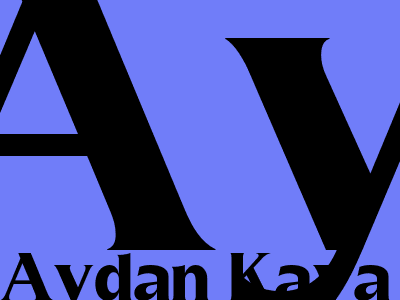The Ultimate Guide to On-Page SEO: Boosting Your Search Rankings and Driving Organic Traffic
Unlock the Power of On-Page Optimization for Enhanced Online Visibility
On-page SEO is a fundamental aspect of any effective digital marketing strategy. By optimizing your website's content and structure, you can significantly improve your search engine rankings, drive organic traffic, and establish a strong online presence. This comprehensive guide will provide you with a deep understanding of on-page SEO techniques, empowering you to achieve top search engine placements and attract a wider audience.
Optimizing Content for Relevance and Value
Content is the cornerstone of on-page SEO. Create high-quality, informative content that addresses your target audience's needs and interests. Conduct thorough keyword research to identify relevant search terms and incorporate them naturally into your content. Ensure your content is well-written, engaging, and provides value to readers, as search engines prioritize websites with authoritative and credible content.
Google's Search Quality Evaluator Guidelines emphasize the importance of: - Expertise: Demonstrate your knowledge and credibility on the topic.
- Authoritativeness: Establish yourself as a trusted source in your field.
- Trustworthiness: Build a reputation for providing accurate and reliable information.
Headline Optimization for Maximum Impact
Craft compelling headlines that accurately reflect your content and entice users to click. Keep your headlines concise, informative, and attention-grabbing. Use strong keywords and avoid clickbait tactics. According to Crazy Egg, headlines that evoke curiosity, urgency, and specificity perform exceptionally well.
Consider these effective headline formulas:
- [Number] Tips to [Desired Outcome]
- How to [Solve a Problem] in [Timeframe]
- The Ultimate Guide to [Topic]
Meta Description Optimization for Enhanced Click-Through Rates
Optimize your meta descriptions to provide a concise summary of your page's content and encourage users to click through. Keep your meta descriptions under 160 characters and include relevant keywords. Ensure they accurately reflect the content, while also being unique and compelling.
Tips for Effective Meta Description Optimization:
- Use action verbs and strong call-to-actions.
- Include a unique value proposition.
- Avoid keyword stuffing and duplicate descriptions.
Header Tags for Structural Clarity and Keyword Prominence
Use header tags (H1, H2, H3, etc.) to structure your content and highlight important keywords. The H1 tag should be used for the main page title, while subsequent header tags can be used for subheadings and sections. Header tags help search engines understand the hierarchy and organization of your content, improving its visibility in search results.
Best Practices for Header Tag Optimization:
- Use only one H1 tag per page.
- Incorporate relevant keywords into your header tags.
- Keep your header tags concise and informative.
Image Optimization for Accessibility and Search Visibility
Optimize images on your website to improve accessibility for users and search engine visibility. Use descriptive alt text to provide context for images, helping visually impaired users understand the content. Additionally, compress images to reduce load times and improve page speed, a crucial factor in search engine rankings.
Guidelines for Image Optimization:
- Use descriptive and keyword-rich alt text.
- Compress images without sacrificing quality.
- Use appropriate file formats (e.g., JPEG, PNG, WebP).
Internal Linking for Improved Site Architecture and Navigation
Internal linking is essential for creating a well-structured website that is easy to navigate for both users and search engines. Use internal links to connect related pages on your site, helping distribute link

Komentar